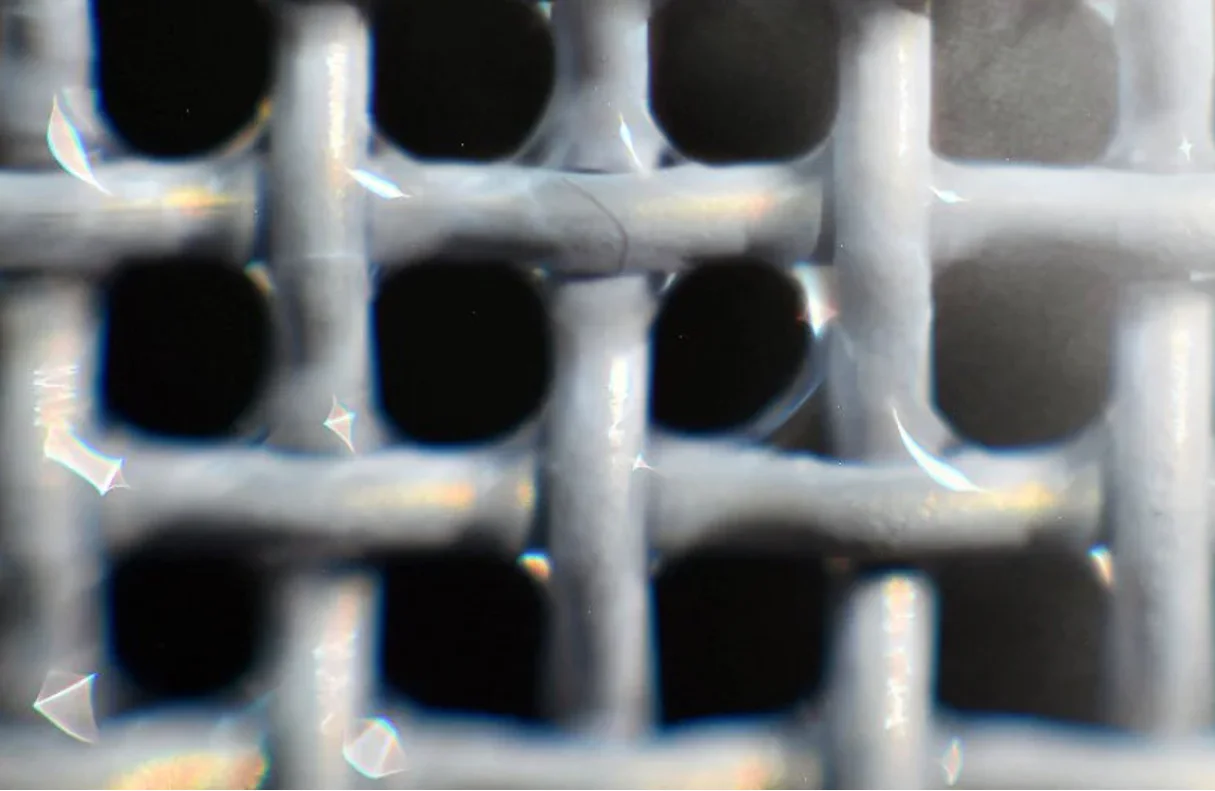
Scientists build better nets to turn fog into usable water
Researchers hope this invention will become a widely used tool to alleviate water scarcity.
In some countries - like Peru, Bolivia, and Morocco - rainfall and spring water are scarce, making fog a vital water source.
Residents in these regions set up nets to capture droplets for daily use. This method yields significant water - collecting hundreds of litres daily from small net areas.

Example of a fog net used in Chile (Nicole Saffie/Wikipedia) CC BY-SA 2.0
But fog water contains atmospheric pollution and requires treatment before use.
That’s the problem researchers from ETH Zurich are tackling. They’ve developed a fog water collection system that broke down 94 per cent of added compounds in lab tests.
“Our system not only harvests fog but also treats the harvested water, meaning it can be used in areas with atmospheric pollution, such as densely populated urban centres,” Ritwick Ghosh, the study's lead author, explains in a statement.
The innovation involves metal wire structures coated with specialized polymers and titanium dioxide. As water trickles down the structure into a container, it's collected and cleaned simultaneously.

A closeup of the metal mesh used to collect and clean the fog water (ETH Zurich)
A low maintenance solution
The device is remarkably low-maintenance after installation, needing only regular UV exposure. Just half an hour of sunlight can sustain the cleansing function for 24 hours.
"Following reactivation with UV, the catalyst also remains active for a lengthy period in the dark," the study authors say in a statement.
"With periods of sunlight often rare in areas prone to fog, this is a very useful quality."
Researchers hope this invention will become a widely used tool to alleviate water scarcity.
Related: Learn more about fog: What is advection fog?
Header image: File photo/Canva Pro.











